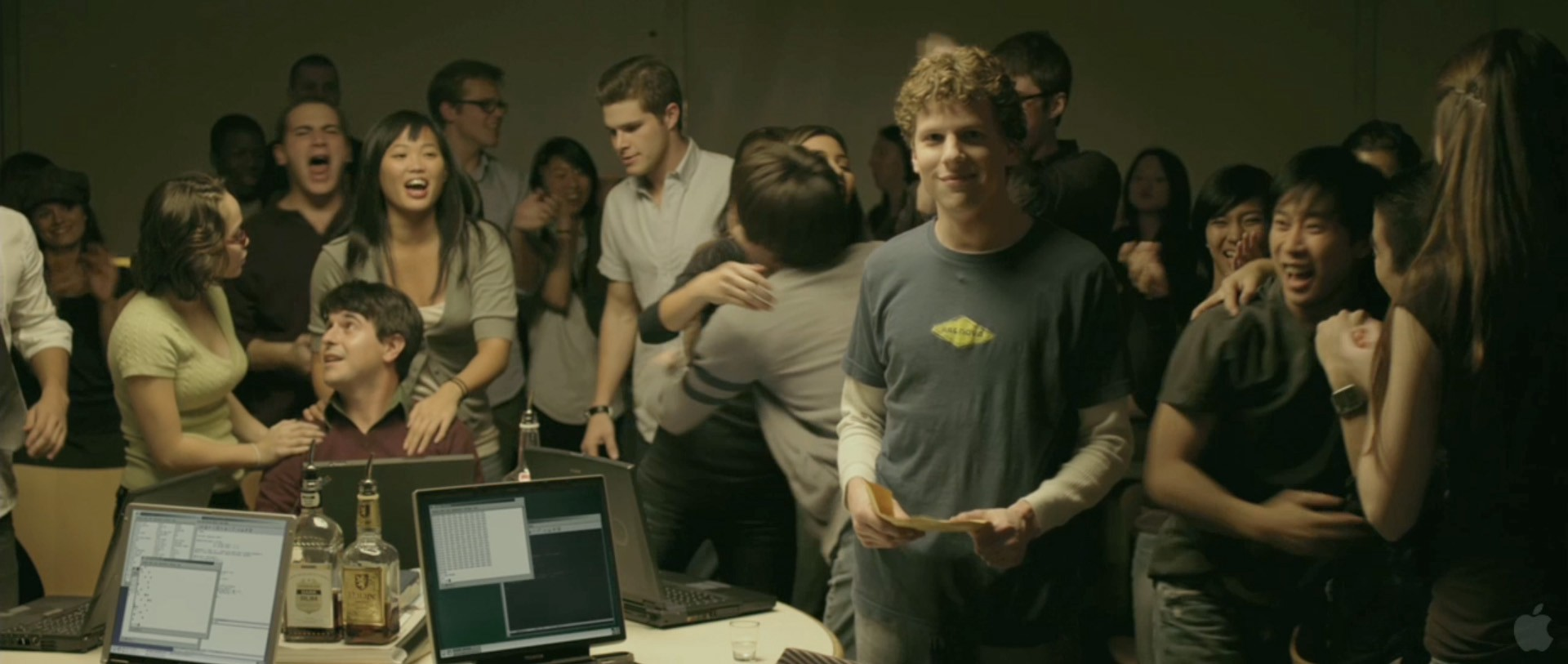Get Your Company Amped Up With This One Weird Trick
TL;DR: The trick is a company hackathon.
“The energy, innovation, and speed were amazing. So exhilarating to learn from new team members, all come together for a shared cause, and innovate and build really quickly.”
“The general enthusiasm was inspiring, and the ideas presented were amazing!”
“This is so great for the company and people. I think this is a great use of time.”
“THE FREEDOM.”

We just ran our first hackathon in years! We had a few goals in mind for it, but in the end, we found it did a great job of:
- Breaking down silos and fostering collaboration across teams
- Developing new, innovative products
- Giving employees a chance to learn something new
- Improving internal tools and processes
- Boosting company morale
Our hackathon process #
We scrambled a bit to organize this latest hackathon, so there’s a lot to improve on here. It was still a big success, though! That just goes to show how easy it is to run your own. We’re breaking down the process here into three main phases:
- Planning
- Building
- Presentations and Awards
Planning #
Pick a date #
At TpT (and other places I’ve worked), we have some transition time between quarters or planning periods. (Learn more about our planning process!) These are ideal times to hold hackathons. It's an opportunity to take a break from regular work and build up some energy and momentum for the next work cycle.
Get everyone excited #
Hackathons are usually viewed as something only engineers do. We wanted to get everyone at TpT excited, so we tried to make sure they knew exactly what to expect. Here are some questions we heard and how we addressed them.
"Why are we spending time on this? We could be using this time to fix things!"
I got this one a lot. For one, a hackathon doesn’t need to be a huge investment—you could start with just a couple days. Also, I’ve found that when people pick what to work on, they usually do actually fix things! You should be clear that normal work will be postponed during the event, though, so everyone can participate freely.
"We're not engineers. What does this mean for us?"
People don't need to be in Engineering or Product to build things or make improvements. Our Account Management and Community teams worked with engineers to build new tools to simplify their workflows. Our People Ops team took some time to integrate their systems to streamline applicant and new hire processes.
Projects don't have to be complex either. One person just presented a how-to on fixing our TVs and Google Hangouts boxes!
Competition categories #
For added fun, we ran our hackathon as a low-stakes competition. We came up with a few categories to encourage different kinds of projects:
- Best in Show
- Most Creative Project
- Biggest Immediate Impact
- Hackiest Project
Think about what you want to focus on for your hackathon and come up with your own categories (or feel free to use some of these)!
Announcement #
To start things off, we sent out a company-wide email announcing the hackathon. The email included a schedule of events and a simple Google Spreadsheet where people could start adding project ideas:

We did receive some feedback around getting more team formation before the first day. I could see building a lightweight app to support brainstorming and signups. (This would be a great hackathon project!)
This is also a good time to clear the calendars. We worked with managers to cancel standups, team meetings, 1:1s, etc.
Building #
On the first day, we held a kickoff that outlined the schedule, judging categories, and prizes. Afterwards, people took turns around the room to present their project ideas. People without teams yet found ones to join.
Over the next three days, everyone dedicated their time to working on projects. (If some people need to drop out a bit for key meetings, that’s okay.) One of the biggest pieces of feedback we received, though, was that three days isn’t long enough. Next time, we'll shoot for using the full week!
Presentations and awards #
Presentations #
At the end of the hackathon, each team presented their project. We had 15 projects to present, so we set a time limit of 5 minutes each. Unfortunately, that was a bit limiting—teams kept going over. A ton of work had gone into each project, and we wanted to make sure people had time to share.
Presentations were the biggest hiccup for our hackathon. Next time, we'll set a time limit around 8–10 minutes to allow for more Q&A as well. We'll also do a better job of communicating this time limit in advance.
Awards #
After the presentations, people voted in an open poll through a simple Google Form. The winners of each category received a team lunch and some goofy trophies:

Feedback #
Everyone loved the hackathon! We always try to gather feedback, though, to make things even better. We used a Google Form to send out a one-minute survey:
- How satisfied were you with the hackathon?
- Why did you participate in the hackathon?
- What did you like best about the hackathon?
- What about the hackathon could be improved?
- How often would you like to have a TpT hackathon?
- What team are you on?
- Do you have any other feedback or suggestions?
People left a ton great feedback including the quotes and ideas for improvement found throughout this post. We went over the results while they were fresh and left ourselves some notes for the next hackathon:
- Pass the torch: find new organizers to mix it up, bring different energy and new ideas
- Get some hackathon gear made—t-shirts, etc.
- Encourage more company-wide participation!
In summary #
Hackathons are a huge energy boost and a great way to break out of normal work silos and routines. As you can see, it’s not much work to organize one either. (I actually planned this hackathon just a few weeks after starting at TpT!) Great projects came out of our hackathon, too—even some that have made it onto the website. We’re definitely looking forward to the next one!
Want to come hack with us? Check out our job listings!